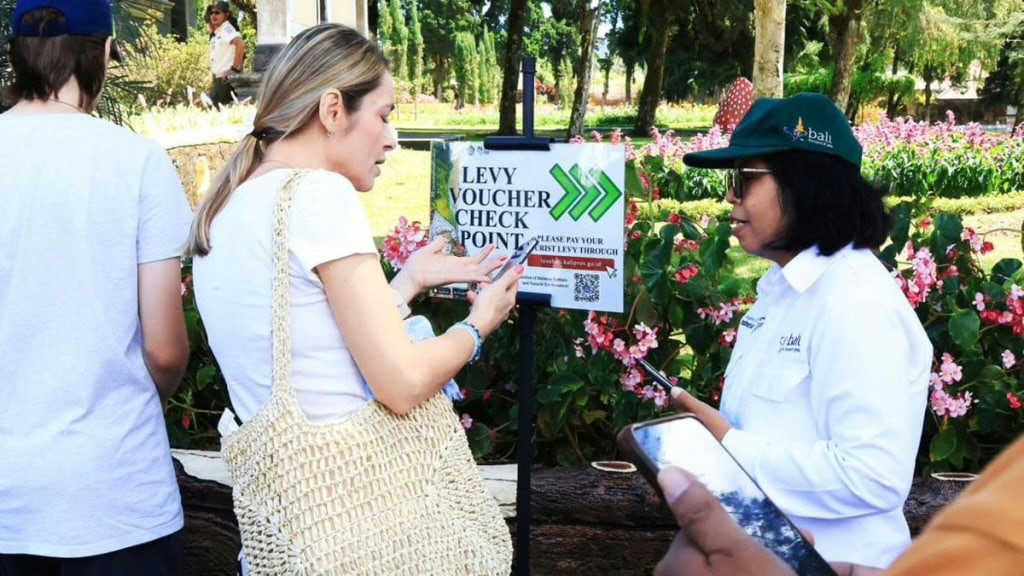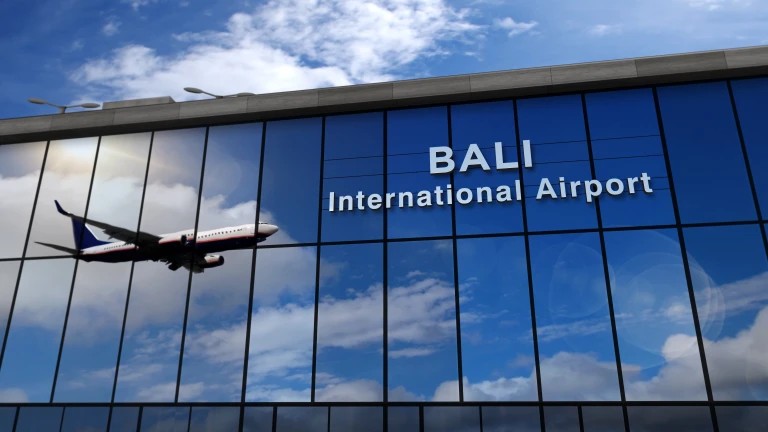The flow of foreign tourists to Bali continues to grow. According to authorities, since the beginning of 2025, it has increased by 10-12% compared to the previous year.

This has directly impacted the revenues from the tourist tax, which requires every foreigner entering the island to pay 150,000 rupiah (approximately $9–10).
In the first six months of 2025, Bali's treasury received 168 billion rupiah. On average, this amounts to 933 million rupiah per day. These figures were presented by Bali's Governor I Wayan Koster at a regional parliament session.
According to him, if this trend continues, the amount could increase to 340 billion rupiah by the end of the year. However, the authorities' ambitions are even higher—Koster hopes to raise this amount to 500 billion by the end of the year. This is why he is implementing updated regional regulations and gubernatorial decrees aimed at tighter payment control. The main innovation is the legalization of partnerships with third parties, including hotels, for more efficient tax collection.
The first results of the new approach are expected in August 2025. The governor believes that the involvement of the hotel sector will help increase coverage and simplify the process for tourists.
Wayan Koster acknowledges that the launch of the tourist tax was not perfect. It is a new system, and not all aspects were considered from the start. For example, cooperation with hotels was not initially included in the law, resulting in some potential revenues being lost. This is why amendments to the legislation, which came into effect mid-year, are so important.
According to official documents, the collected funds are supposed to be distributed across three main areas:
- Preservation of Bali's culture and nature—including temples, traditions, ceremonies, and natural landscapes;
- Development of tourist infrastructure—improvement of service quality and cultural tourism;
- Administration of the collection itself—technical and operational expenses for its implementation.
Particular attention is given to villages and traditional Balinese communities. Each of the 1,500 villages is planned to receive at least 300 million rupiah. This money will be used to protect cultural sites, restore natural resources, and support local initiatives.
At the same time, Koster emphasizes that everything should be as transparent as possible. In the future, Bali's authorities plan to publish daily data on tourist tax revenues and provide reports on where and how much money is spent. The main goal is to make the system not only effective but also clear for the island's residents and visitors.


You can add one right now!